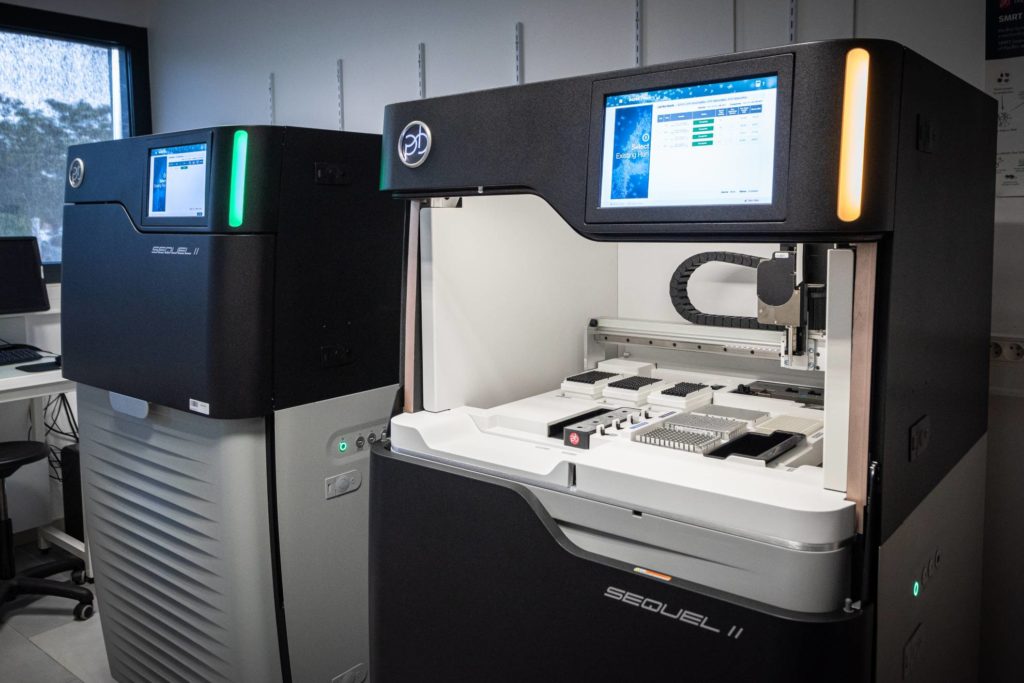New product ! Full lenght ARNr16S sequencing

Improving the accuracy of metabarcoding identifications with full-length 16S sequencing
The 16S ribosomal RNA gene (16S rRNA) is common marker for characterizing microbial communities in complex microbial ecosystems (Water, Soil, Bioprocess, Air, Microbiota…) since 25 years. It is about 1.5 kb in size, and consists of several conserved regions and hypervariable (V1-V9) from one bacterium to another. Since 1997, these hypervariable sequences have been used to identify and characterize the microbial diversity of very different complex microbial ecosystems: water, intestinal microbiota, soil, air…
The first studies, carried out using Sanger sequencers, demonstrated the benefits of accessing non-cultivable microflora (i.e. around 99% of microbial diversity). Later, 2nd generation short-read sequencers popularized molecular inventories, but with some lacks of identification precision, which remains limited to the taxonomic level of the genus.
Thanks to the SeqOccin project, the GeT-PlaGe platform has integrated a PacBio sequencing application to GeT-IT offer, enabling sequencing depth comparable to short-read sequencing and identification accuracy equivalent to Sanger sequencing. Using PacBio’s Single Molecule Real Time (SMRT) technology, it is possible to obtain the complete 16S rRNA sequence with a high-fidelity read. HiFi reads generated using the Circular Consensus Sequencing (CCS) mode enable high-resolution detection of microbial taxa. Initial results show a species affiliation rate of around 65%, compared with 25% with Illumina targeted sequencing [unpublished results – obtained from chicken digestive samples and skin samples].
The applications of full-length 16S sequencing are diverse and include
- Characterization of different microbial communities;
- Identification of bacterial pathogens;
- Monitoring indicators of health interest (human, animal or plant pathogens);
- Monitoring specific metabolic functions.
With this application, it is also possible to sequence in HiFi mode other targets such as Cutibacterium acnes phylotypes as part of the skin microbiome subject..
To find out more, watch the videos of the Metagenomics webinar organized by GeT-PlaGe

